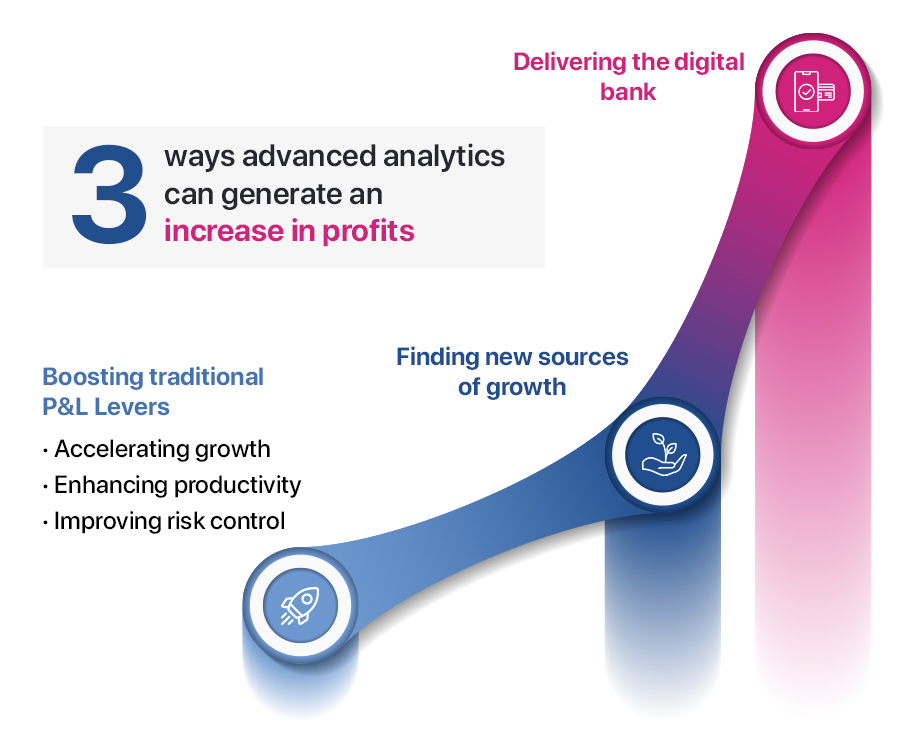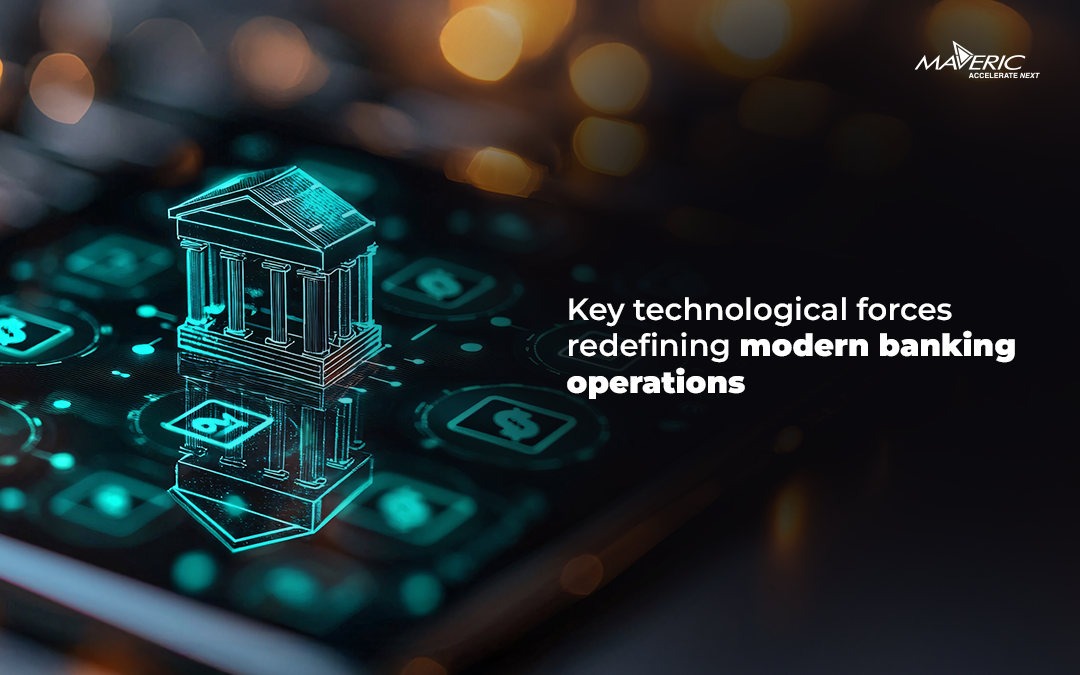While the Banking and financial sectors continue to change, customer needs are getting more complex. Basis the latest research, the following evolutionary areas surface.
- Customer Service – Optimized service teams must rely on advanced coverage approaches from a deeper understanding of client strategy and needs.
- Hyper personalization – Tailored Insights by industry or sector
- Digital Operations – Speedy execution and uninhibited ongoing services devoid of silos and bureaucracy.
- Collaborating to Innovate – Co-creating cross-product solutions, for instance – embedded finance into e-commerce or B2B infrastructure.
To fulfill the above mandates, leading FIs are increasingly dependent on the role of D&A.
The future of customer service
Customer service is changing a lot, moving away from models that focus on the phone and branches to ones that focus on omnichannel interactions, in which customers can move quickly between mobile, phone, chat, and online service channels. The key to providing a high-quality omnichannel experience is a broad customer journey approach that integrates customer interactions across digital and traditional channels.
For Banks to do this successfully, they must leverage Data and Analytics to migrate customers to digital channels by improving their behavioral routing and IVR management.
Hyper personalization
To personalize product offerings, Banks must layer analytics on top of video and audio channels to improve identity verification and optimally personalize. For instance, today’s optimization software enables face-to-face interactions in remote settings without compromising security. Another use is the facial recognition platforms that are frictionless and quick. As the technologies in this field expand, it is likely to change how we use data and analytics in Banking – balance privacy and security with convenience and costs in unprecedented ways.
Digital Operations
One area Data and Analytics are already proving to be game-changing is Digital Operations. As more use cases emerge, AI will transform customer service through automation (virtual agents and contact center agents with real-time interaction tools), advanced knowledge management systems, and Robotic Process Automation. Furthermore, with the advances in Natural language processing and Machine learning, Virtual will get smarter over time. The outcomes will be improved efficiencies, deeper employee engagement, overall cost savings, boosted revenues, and higher customer satisfaction.
Collaborating to Innovate
Addressing clients’ strategic needs is vital for maintaining winning partnerships. What data analytics and the insights thereof do is help client relationship managers anticipate their client’s needs before the clients even know they have them. Furthermore, there is an added benefit – Co-creating products. So instead of building a product and handing it over, leading FIs involve clients and end-customers upfront. This ability is supported by the Data and Analytics capability because that is where the bank’s confidence comes from. For instance, a client may learn of a new product, say, Buy now, Pay later (BNPL), before the competition.

More Use cases
From combating payments fraud, enhancing customer experience, unlocking the SME’s potential, boosting pricing performance via ML platforms, leveraging psychology and analytics to counter bias and reduce risks, and employing AI for advanced problem solving – the use cases for Data and Analytics for Financial Institutions multiplies each day.
The Task Ahead.
As leading Banking organizations explore more analytics-driven impact areas, the logical first step is to map out opportunities and align business cases with necessary front-line adoptions to realize value. This omniscient data layer will only translate into usable information after FIs define, build, and maintain a robust data infrastructure. This is hardly straightforward. After all, the economic and regulatory trade-offs between private, public, and other on-premises solutions are sorted. After that, enforcing an efficient data model supports a business vision, and shared investments are necessary.
Finally, building an effective D&A Financial organization relies on tapping the right talent, skilling and empowering them, and nurturing ecosystem partnerships, including knowledge exchange with the industry and academia.











